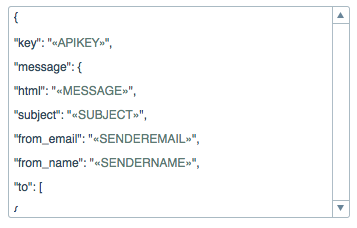

Selects the first XmlNode that matches the XPath expression.

SelectSingleNode(String, XmlNamespaceManager) Any prefixes found in the XPath expression are resolved using the supplied XmlNamespaceManager. Selects a list of nodes matching the XPath expression. Replaces the child node oldChild with newChild node. (If the removed attribute has a default value, it is immediately replaced). Removes the XmlAttribute specified by the local name and namespace URI. Removes the attribute node with the specified index from the element. Removes an attribute with the specified local name and namespace URI. Removes all specified attributes from the element. Removes all specified attributes and children of the current node.
#BASEELEMENTS XML FULL#
Puts all XmlText nodes in the full depth of the sub-tree underneath this XmlNode into a "normal" form where only markup (that is, tags, comments, processing instructions, CDATA sections, and entity references) separates XmlText nodes, that is, there are no adjacent XmlText nodes.Īdds the specified node to the beginning of the list of child nodes for this node. Inserts the specified node immediately before the specified reference node.Ĭreates a shallow copy of the current Object. Inserts the specified node immediately after the specified reference node. Looks up the closest xmlns declaration for the given namespace URI that is in scope for the current node and returns the prefix defined in that declaration.ĭetermines whether the current node has an attribute with the specified name.ĭetermines whether the current node has an attribute with the specified local name and namespace URI. Looks up the closest xmlns declaration for the given prefix that is in scope for the current node and returns the namespace URI in the declaration. Gets an enumerator that iterates through the child nodes in the current node. Returns an XmlNodeList containing a list of all descendant elements that match the specified LocalName and NamespaceURI. Returns an XmlNodeList containing a list of all descendant elements that match the specified Name. Returns the XmlAttribute with the specified local name and namespace URI. Returns the XmlAttribute with the specified name. Returns the value for the attribute with the specified local name and namespace URI. Returns the value for the attribute with the specified name. Gets the post schema validation infoset that has been assigned to this node as a result of schema validation.Īdds the specified node to the end of the list of child nodes, of this node.Ĭreates an XPathNavigator for navigating this object.ĭetermines whether the specified object is equal to the current object. Gets the text node that immediately precedes this node. Gets the node immediately preceding this node. Gets or sets the namespace prefix of this node. Gets the parent of this node (for nodes that can have parents). Gets the XmlDocument to which this node belongs. Gets the markup containing this node and all its child nodes. Gets the XmlNode immediately following this element. Gets the first child element with the specified Name. Gets the first child element with the specified LocalName and NamespaceURI. Gets a value indicating whether the node is read-only. Gets or sets the tag format of the element. Gets or sets the markup representing just the children of this node. Gets or sets the concatenated values of the node and all its children. Gets a value indicating whether this node has any child nodes. Gets a boolean value indicating whether the current node has any attributes. Gets an XmlAttributeCollection containing the list of attributes for this node. Initializes a new instance of the XmlElement class. XmlElement(String, String, String, XmlDocument) You can also use the Attributes property which returns an XmlAttributeCollection enabling you to access attributes by name or index from the collection. The XmlElement class has many methods for accessing attributes ( GetAttribute, SetAttribute, RemoveAttribute, GetAttributeNode, and so on). Elements can have attributes associated with them.

Elements are one of the most common nodes in the W3C Document Object Model (DOM).


 0 kommentar(er)
0 kommentar(er)
